Many triathletes I work with complain about taking on a mouth full of water during the freestyle breath. Especially when I have asked them to keep their head low during the movement. If they do manage to keep their head low, many feel like they don’t get a good breath in and get winded and run out of air too fast.
As a result they lift their head up for the breath or over rotate and look up to the sky as they breathe. Both of which result in slowing them down.
Learning to stay low to the water during the freestyle breath will ensure that you carry your momentum from stroke to stroke. When you don’t slow down each time you take a breath you’ll be able to sustain your pace with less effort. You’ll also find you can hold your speed for longer periods of time.
By keeping your head low to the water you are able to limit the amount of resistance you work against. The lower your head can stay the less you will slow down as you take a breath.
But keeping your head low to the water is a challenge!
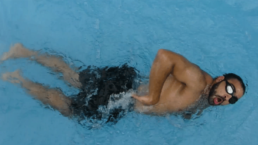
So here are 4 ways to help you with the freestyle breath. Especially if you’re lifting your head or over rotating to breathe and struggle to stay low to the water like this☝
1. Get Your Hips Up
If your hips sit too deep beneath the surface when you try to stay low during the breath your mouth won’t get out the water.
Watch me nearly drown as I attempt to demonstrate this in this video:

Raising your hips up to the surface will level your body out. That means as you rotate for the breathe your mouth will clear the water and you’ll breathe in fresh air!
2. Make The Breath Faster
You’ll struggle to hold your low breathing position if you are taking too long to inhale. You have a very short window of time to get that breath in. You want to use that window to inhale only. To do this, make sure you have sufficiently exhaled while your face is in the water. That way when your face comes out the water you only have to inhale (as opposed to exhaling first then inhaling) before it can return back down.
3. Start The Breath Earlier
Breathing late in the stroke will cause you to rush the breath and lead you to feel winded very quickly.
Your head should start to turn for the breath just after your fingers have entered the water. You rotate from the neck first and then the rotation of your shoulders will take over. As your arm extends out in front of your shoulder and your body rolls to the side your mouth will clear the water. Breathe in and then return your head down before you begin to pull back with the extended arm.
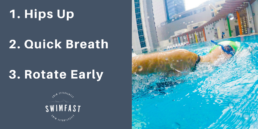
Staying low to the water as you breathe will ensure that you carry your momentum from stroke to stroke. You’ll no longer take on water and you’ll stop feeling winded when you get the rhythm, timing and position of the breath right.
Have You Grabbed My Breathe Easy Guide?
Put an end to your extreme urge to breathe – even if you can’t swim more than a lap right now…
Get The Guide Here

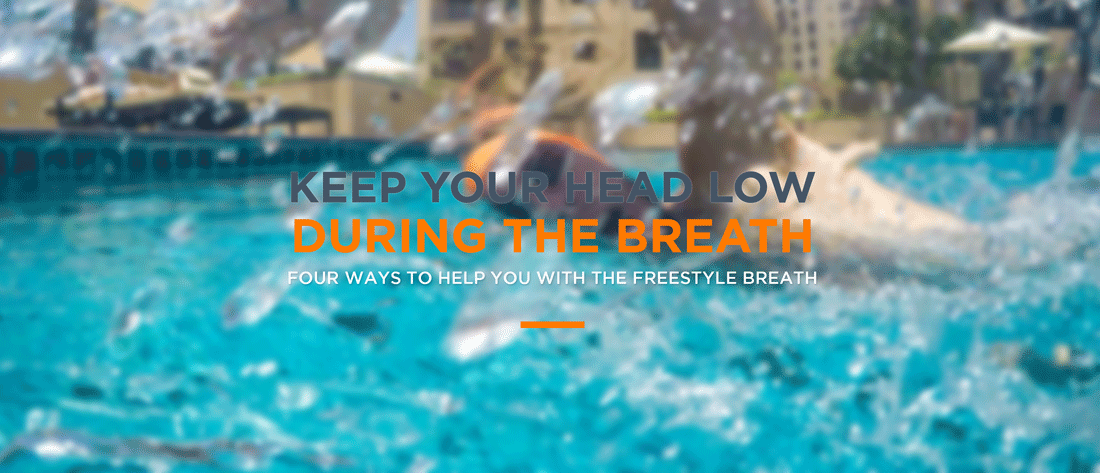
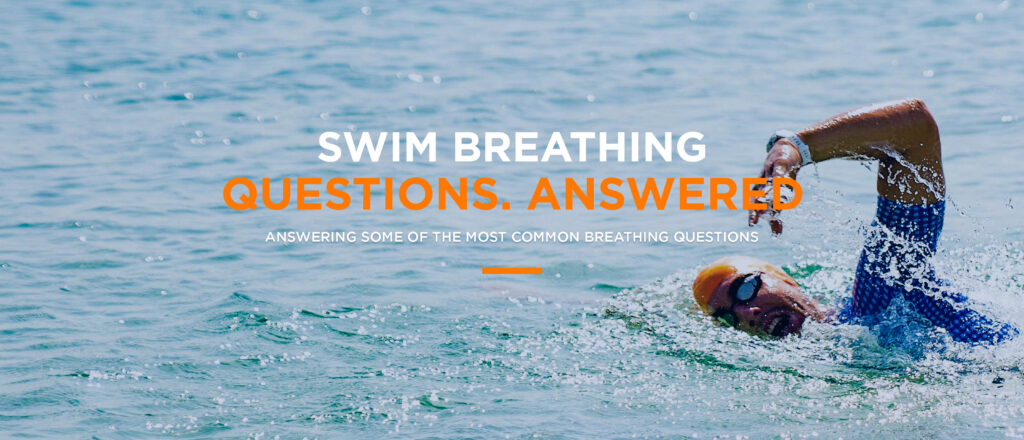
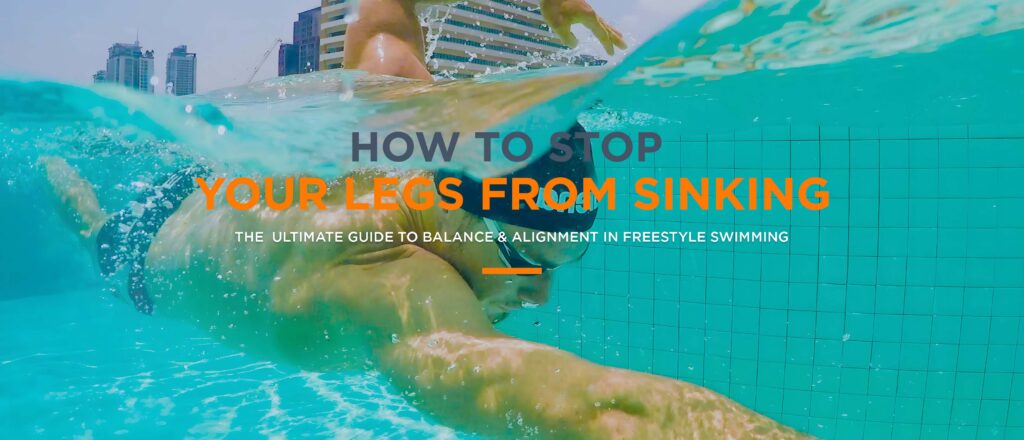

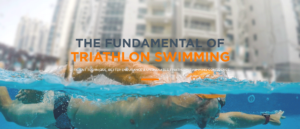



2 thoughts on “The Freestyle Breath: How To Keep Your Head Low”
Great tips on the depth of the head in the water thankyou! I have started to turn the head only minimally nowdays, and aim to keep one eye and half the mouth inside the pool – at first it is odd but after some practise it becomes a lot smoother and the whole experience of the stroke is more ‘with ease’. I feel more streamlined and it is a pleasure to move forward. The head creates so much drag if you lift it high!
Hi Rory,
Can you explain how to keep your hips higher? Any tips/drills?
I find my legs naturally sink, however kicking too hard causes me to lose my breathing element.
Thanks